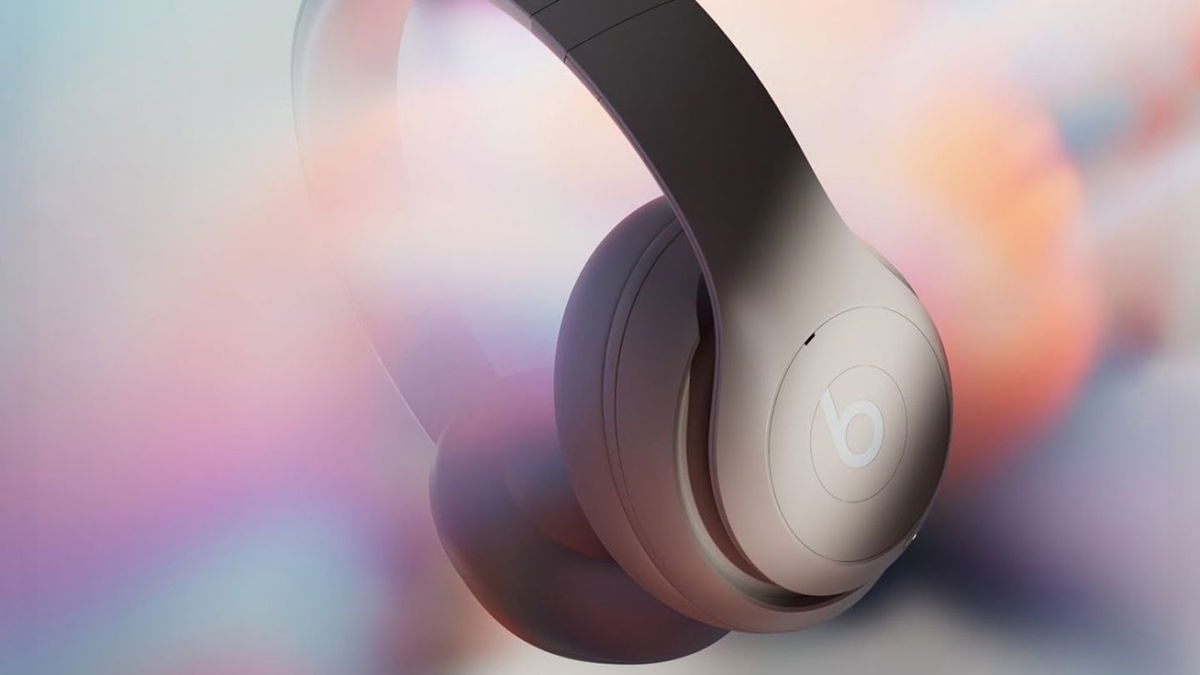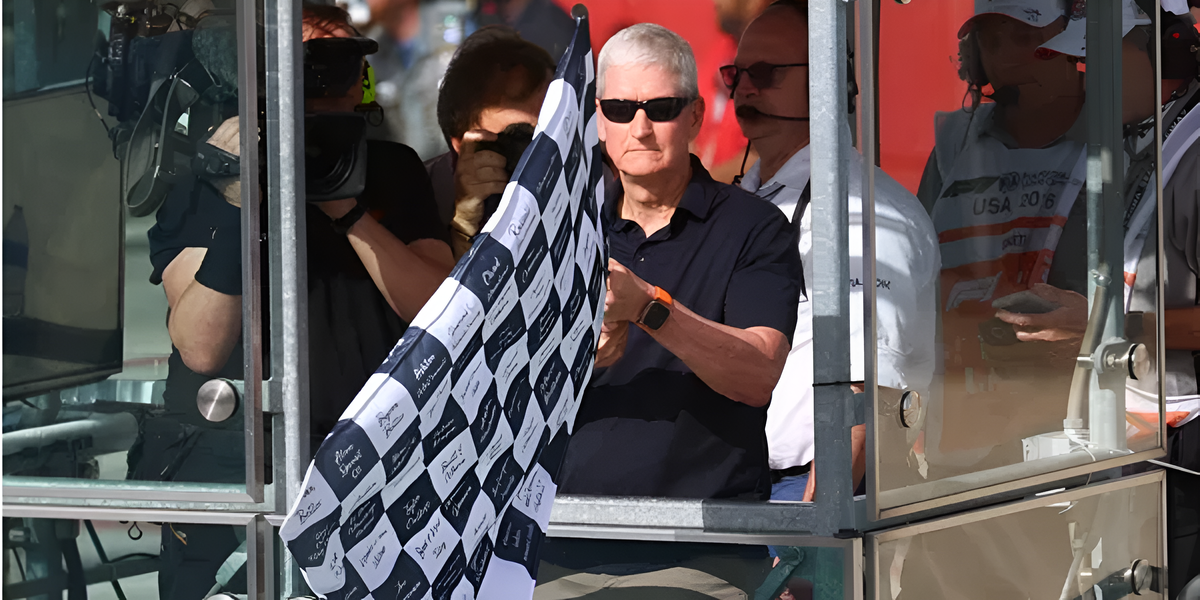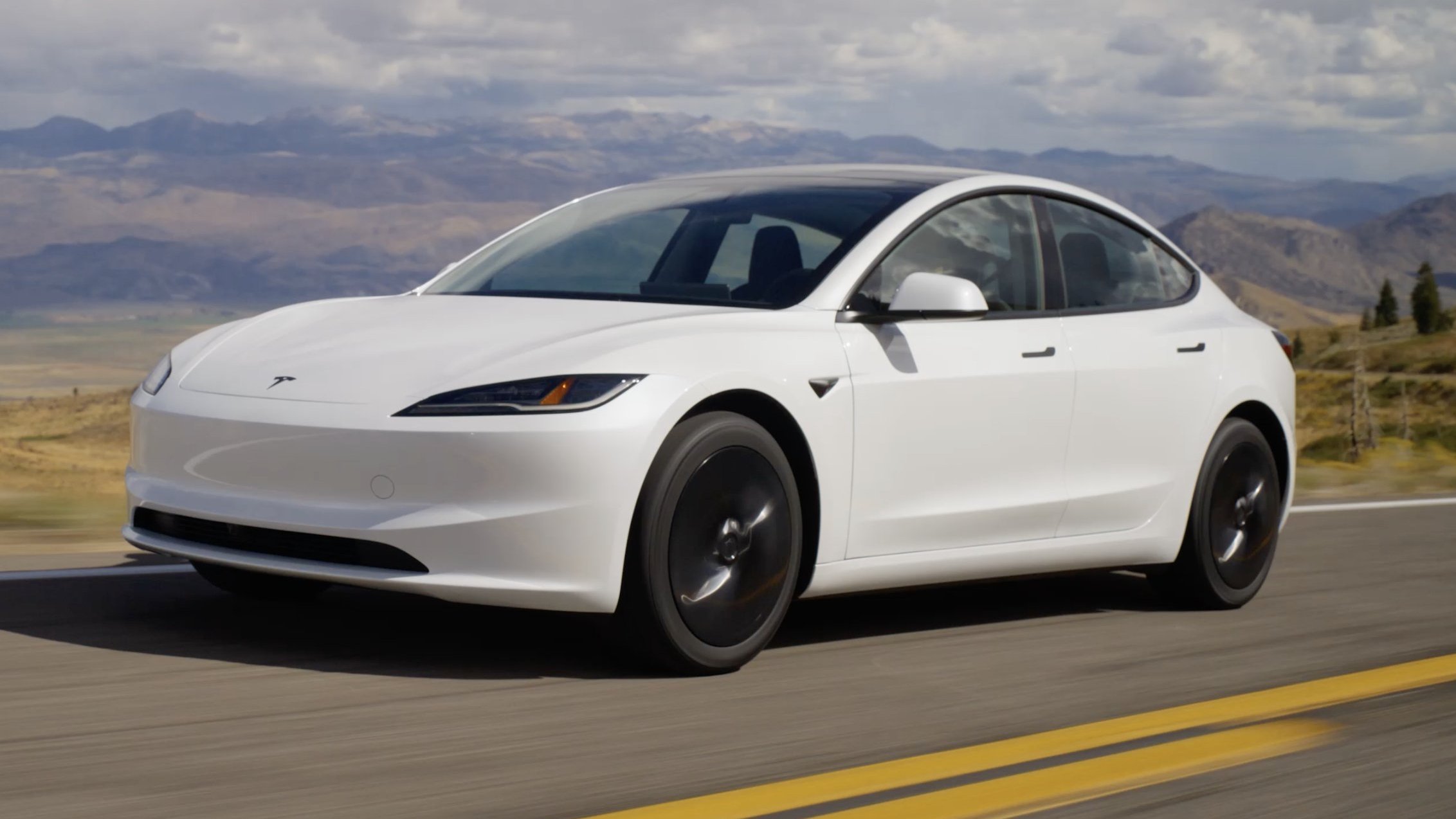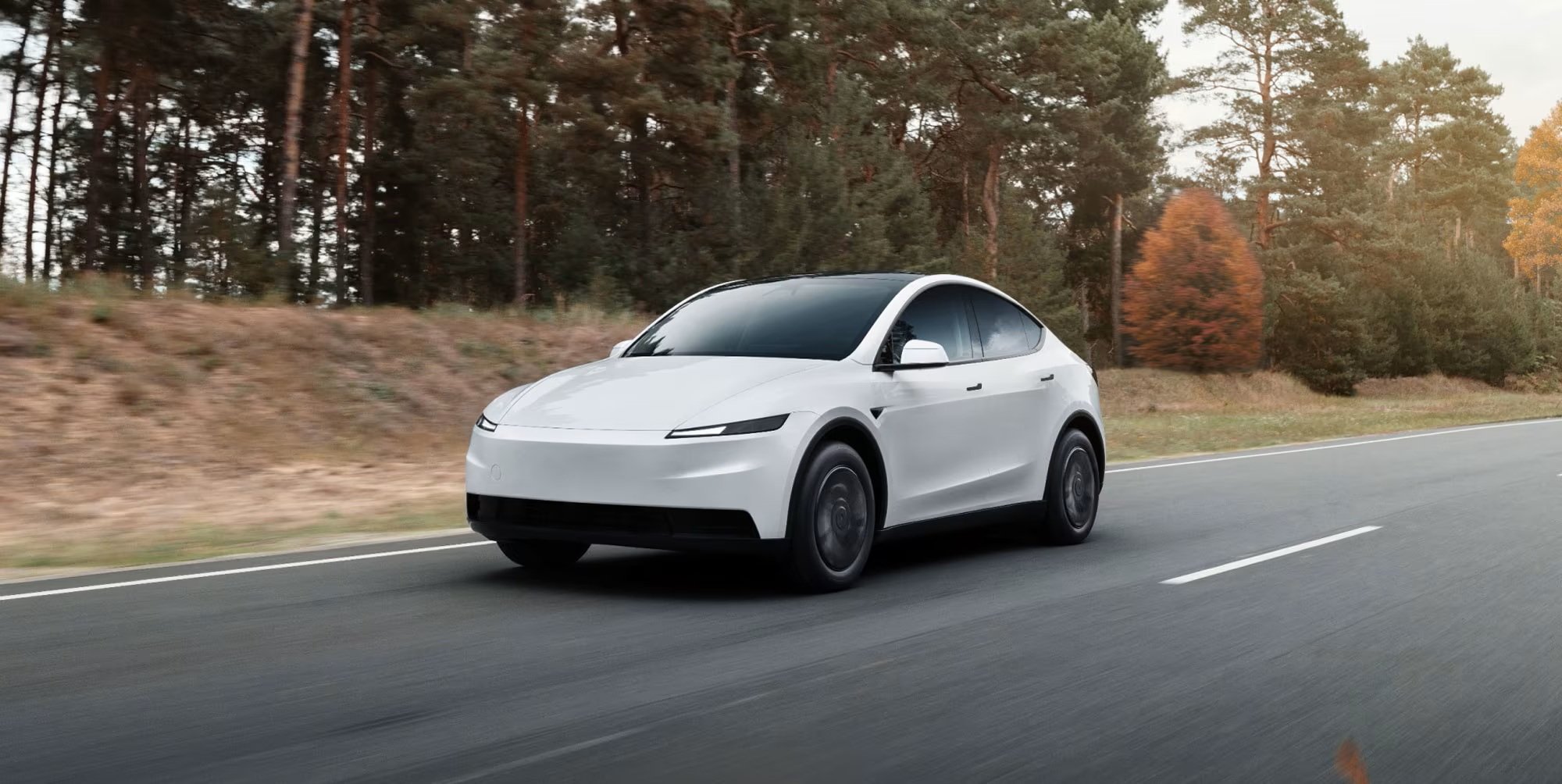Following controversial EU limits on the maximum consumption of TVs sold in the territory from 2023. Most 8K TVs do not pass the new consumption standard, and this is somewhat problematic.
As far as users are concerned, this IEE limitation may result in a reduction in the number of 8K models available for sale, and it is possible that, depending on the brand, even fewer 4K models.
In fact, we contacted major TV brands (LG, Sony, Samsung, HiSense, TCL, Philips, and Panasonic) to get their first-hand perspective on the matter.
We have only received a response from LG, Sony and Panasonic, and it gives us a rough idea of how the companies got these ISS limits.
We leave here the consumption limit by diagonal size in 4K and 8K TVs, and as you can see, this is a very restrictive scale that some models of this year would not fall into.
| Diagonal | Maximum consumption of 4K and 8K TVs in March 2023 |
|---|---|
| 40 inches | 48 W |
| 42 inches | 53 W |
| 48 inches | 66 W |
| 55 inches | 84 W |
| 65 inches | 112 W |
| 75 inches | 141 W |
| 77 inches | 148 W |
| 83″ | 164 W |
| 85 inches | 169 W |
| 88 inches | 178 W |
To calculate these costs, we proceed from ISS calculation which takes into account their size and consumption.
Below we leave you the evolution of this performance indicator from the previous review to what it will be in March 2023And yes, it will be difficult to achieve 8K in models because of its large diagonal.
| EEImax (Full HD) | EEImax (>FullHD up to 4K) | EEImax (>4K and microLED) | |
|---|---|---|---|
| March 2021 | 0.90 | 1.10 | no data |
| March 2023 | 0.75 | 0.90 | 0.90 |
How was this information obtained by the companies?
Both LG and Panasonic commented that it was in 2019 when this plan was known and that they are working on the line to meet these demands.
Luis Navarrete, Home Entertainment Product Specialist at LG Spain He notes that they mostly come with homework done:
“We have managed to reach 2022 with 100% of our 4K TVs already meeting the 0.90 standard a year earlier, while we have the 8K series very close to the set limit despite being a clearly underperforming standard compared to others .“
By panasonic also comment out the same line:
“We are ready to adapt to new requirements in order to continue to sell our entire range of TVs within the established limits.“.
Marketing director Sony SpainAlbert Gràcia makes it clear that its entire current range meets these requirements, because for years the company has placed energy efficiency and environmental protection as one of its core principles:
“Based on the new Energy Efficiency Index coming into effect in March 2023, we can confirm that all Sony TVs released in 2022 meet the new standards.“.
Does this type of EEI constraint make sense? How will this affect your current models?
Luis Navarrete from LG made it clear what the real problem with this EEI limitation is.
“This index will give the consumer an idea of those products that are really effective. With the new TV energy labeling effective from 2019, all models on the market have been placed in the same letter categories, making consumption differentiation difficult.
In a challenging energy context such as the current one in terms of supply and price, at LG we see it as positive and necessary to reward those technologies that are innovative in order to be more efficient.“
panasonic comments that these are measures to be more sustainable and what they support:
“We strive to take care of the planet, so we appreciate such measures.“
FROM Sony they make it clear that their commitment to respect for the environment is in line with these measures.
“Based on the new Energy Efficiency Index coming into effect in March 2023, we can confirm that all Sony TVs released in 2022 meet the new standards.
Sony is committed to providing products, services, and content that offer an engaging user experience, as well as the goal of completely eliminating the environmental impact of our business activities.“
How will this measure affect your next TV models?
It is understood that the current ranges are being maintained, at least in their 4K lineups by LG, Panasonic and Sony, as they previously commented.
Sony It takes advantage of smart energy saving measures to achieve this EEI in its models such as:
- Dynamic backlight control, or pixel-level lighting control, helps improve energy efficiency by adjusting screen brightness as image content changes.
- Power saving mode helps you save power by adjusting the screen brightness.
- Screen off mode helps save energy by turning off the screen without having to put the TV completely into standby mode to continue enjoying sound.
We have already seen these technologies in models such as the Sony Bravia XR X95K and Bravia A95K Master Series that have been put through our testing. Laboratory and what we analyzed.
By panasonic We have a vague but clear answer as the company doesn’t focus on 8K models:
“Unfortunately, we cannot reveal details about future models. As far as existing series are concerned, a limited number of older models may not go beyond the established limits, but we are ready to make the necessary changes to continue marketing them.
We don’t expect this new law to have a big impact on Panasonic, but it’s likely that it will affect manufacturers of 8K models, which is a standard we don’t work with at the company. “
In fact, his OLED JZ2000 model performed very well when we analyzed it on our website a year ago.
Luis Navarrete from LG Spain makes it clear how 8K models are somewhat more inefficient in this metric, but still managed to work through these more than two years, when this future limitation is known to have adapted to it.
“As I mentioned earlier, our entire 4K range already meets the standard (…) Many brands will have to adapt their final quality to be able to sell the majority of their 4K catalog as of March.
The implications of this rule for 4K are really important. This market accounts for over 80% of the entire sector and we have always chosen it over 8K which is less than 2%.“
This is one of the key points, namely that there are TV models that advertise stratospheric maximum brightness values and this affects the power consumption and therefore the IEE of the TV.
In our tests of the latest models of the OLED C1 and OLED C2/G2 and QNED lines, we saw excellent quality and brightness levels that are out of the box.
Luis Navarrete continues LG Spain:
“Of course, we also have 8K models for those consumers who need this technology. We currently have three 8K series, and one of them is the only one that comes very close to the 0.90 limit, 75QNED966Q and 65QNED966Q, with a rating of 0.0.94 and 0.96 respectively, which is significantly lower than other 8K technologies from other manufacturers that shoot at ratios greater than 2 and greater than 2.5.
With the pace of eco-tech innovation in recent years, we are not very far from bringing 8K to the market that meets the parameters of the established regulation.“
Do you think 8K content creation will stagnate?
In terms of 8K content creation, it is clear that 8K models are still rare and Navarrete have already commented that they only account for 2% of the bulk of current sales.
The restriction will make it harder for manufacturers to meet this standard with newer models. In fact, there are brands like Panasonic that clearly say: “At Panasonic, we don’t sell 8K TVs, we focus on models that offer the latest technology..”
Let’s see what you think LG Spain about:
“Today, the lack of 8K content on a large scale among major producers is already one of the major barriers to wider adoption of the technology and one of the reasons we’re betting, regulated or not, on 4K.
Obviously, this little variety will be accentuated by the lesser availability of compatible TVs. Beyond the technology to play it, 8K has to attack other technological fronts before becoming a truly mainstream standard, such as compressing and processing image files, which are much harder to stream due to their size..”
Undoubtedly very little 8k content although many companies such as Samsung have shown their great commitment to it. Recompression of online streaming services is an additional issue to consider. In fact, most 8K models are upscaled from 4K.
Actually, 8K content production requires a big investment in equipment for both recording and editing and assembling, and if it is not available to the general population, many production companies choose to avoid these costs. No wonder the most basic subscriptions of some streaming services allow you to watch content only in FullHD.
Maybe this is the beginning of differences between products in different markets?
This section shows that companies already have regional adaptation and different strategies at the local level.
FROM LG Spain confirm this information:
“The difference in regional products already exists today, and although it affects the television category to a lesser extent at present, it is an important reality in other categories such as appliances and other home goods.
The non-commercialization of certain products in the market can be caused by many factors, and this would be just one of them, which should not be a problem, since technologies already exist that provide very similar image qualities to the human eye and cover the same needs of the vast majority of the most demanding users.“
panasonic He notes that they are still looking into the situation, but are following more or less the same line:
“We are still evaluating the situation, but do not expect the introduction of this new law to have a large impact on Panasonic TVs, so we cannot yet determine whether products will need to be adapted depending on the market.“
Eventually, this measure will affect some brands more than others. Those who have not done their homework in terms of energy efficiency in recent years will be hard pressed to be able to sell their next models in Europe.
How can we learn from the statements of Sony, Panasonic and LG the biggest problem will occur on 8K TVs and lies in the fact that their larger dimensions mean that their own energy consumption is greater and therefore more adapted to this efficiency limit of 0.9 set by the EU.
FROM Soccer World Cup just around the corner, maybe it’s time to upgrade and thus avoid problems next year to find the model that interests us the most.
As a matter of fact, Black Friday is about to start and there will be many offers that, although it will not only be for TVs, we could also take advantage of a software update with Chromecast or even devices like FireTV to watch IPTV content.
Source: Computer Hoy
I am Bret Jackson, a professional journalist and author for Gadget Onus, where I specialize in writing about the gaming industry. With over 6 years of experience in my field, I have built up an extensive portfolio that ranges from reviews to interviews with top figures within the industry. My work has been featured on various news sites, providing readers with insightful analysis regarding the current state of gaming culture.



















